Every day of the year, British farmers will be busy. From looking after livestock to tending crops, lambing season or just general maintenance, there's always a job to be done.
Although our supermarkets might be full of export products that don’t grow in the UK, thanks to the hard work of Britain’s farmers, we can enjoy seasonal food throughout the year.
If you fancy shopping for local produce, weekly farmers markets take place in towns and villages across the UK and can be a great chance to buy good quality and delicious dairy, fruit, veg or meat and support your local farm.
Month by month, our farming guide looks at the hectic year in the life of a British farmer.
Farming in winter
January

The start of a new year might bring a couple of days respite for many of us, but it’s still busy for our nation’s farms. For arable farmers, January is the time to start spreading slurry in preparation for the silage or hay that will be taken later in the year. A frosty period is very useful here, because the fields will be firmer.
On farms with livestock, the calves will be weaned towards the end of the month, onto concentrates and sugar beet ration, while a flock of sheep will be fed sugar beet and sheep nuts daily. They are sometimes fed hay if the conditions are frosty or snowy.
It’s also a time for general farm maintenance, which might include repairs, painting, cleaning and ensuring that machinery works as it should. You may see some winter jasmine and crocuses flowering around the farm early in the year.
February
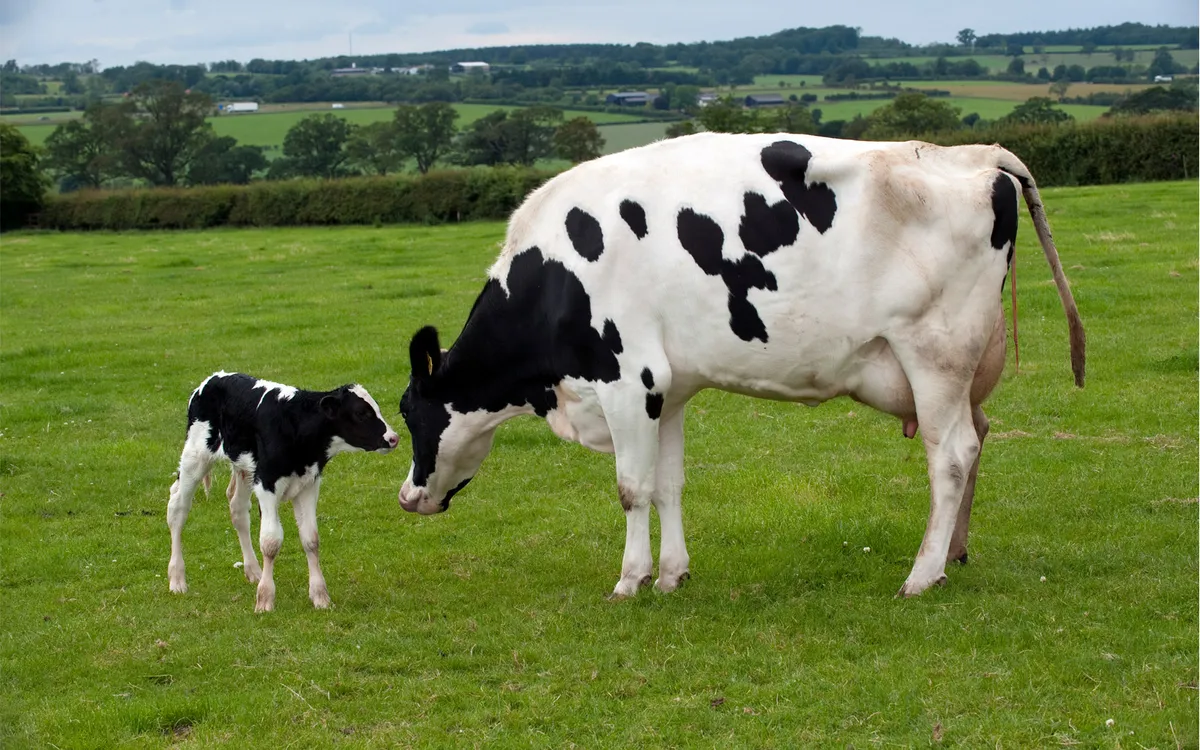
There’s always things that need to be done on a farm, but February can be less busy than the months to come. The maintenance and upkeep continues, and livestock will keep being fed instead of grazing.
Slurry will be spread a lot more as the weather starts to improve, and temperatures hopefully aren’t quite as cold as they might have been through December and January. Towards the end of the month, it’s the start of the calving season, so February is sort of the calm before the storm.
Wild irises and hellebores might be seen blooming in February.
Native British cattle breeds and how to recognise them
A walk in the British countryside wouldn't be the same without passing a field of cows – from Herefords and Highlands to striking English longhorns.
March
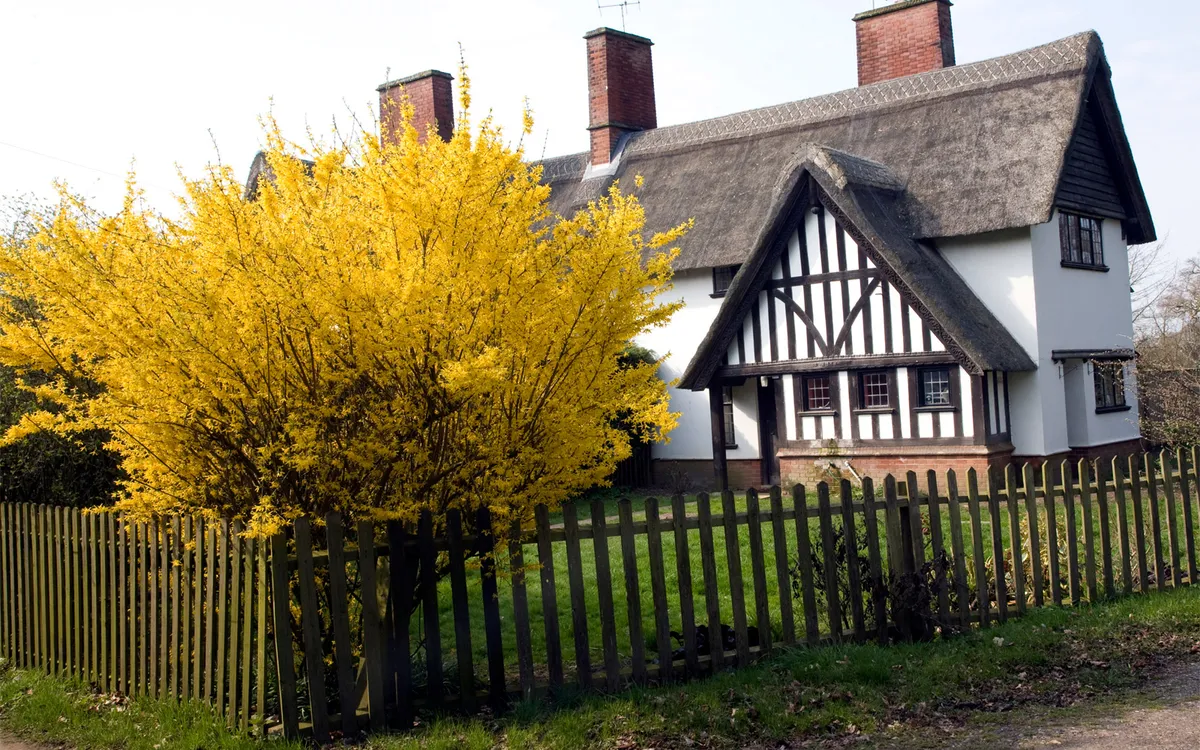
Calving really gets underway throughout March, and it’s the busiest time of the year for many farmers. It’s not just the cows though; the beginning of March is lambing time too. The ewes and lambs often need round-the-clock attention, so farmers can expect a number of sleepless nights for a couple of months. Ewes will have been sorted into lambing groups, based on the number of lambs expected. They will have been vaccinated, and their feet are trimmed to guard against foot rot.
Away from the stock, slurry will continue to be spread throughout March, and the drilling, or sowing, of the sugar beet will happen this month as well. Fertilising and crop-spraying are other important jobs to do, with liquid fertiliser being applied to potato fields.
Daphnes and forsythias are a couple of the flowers that could bloom around the farm this month.
Farming in spring
April
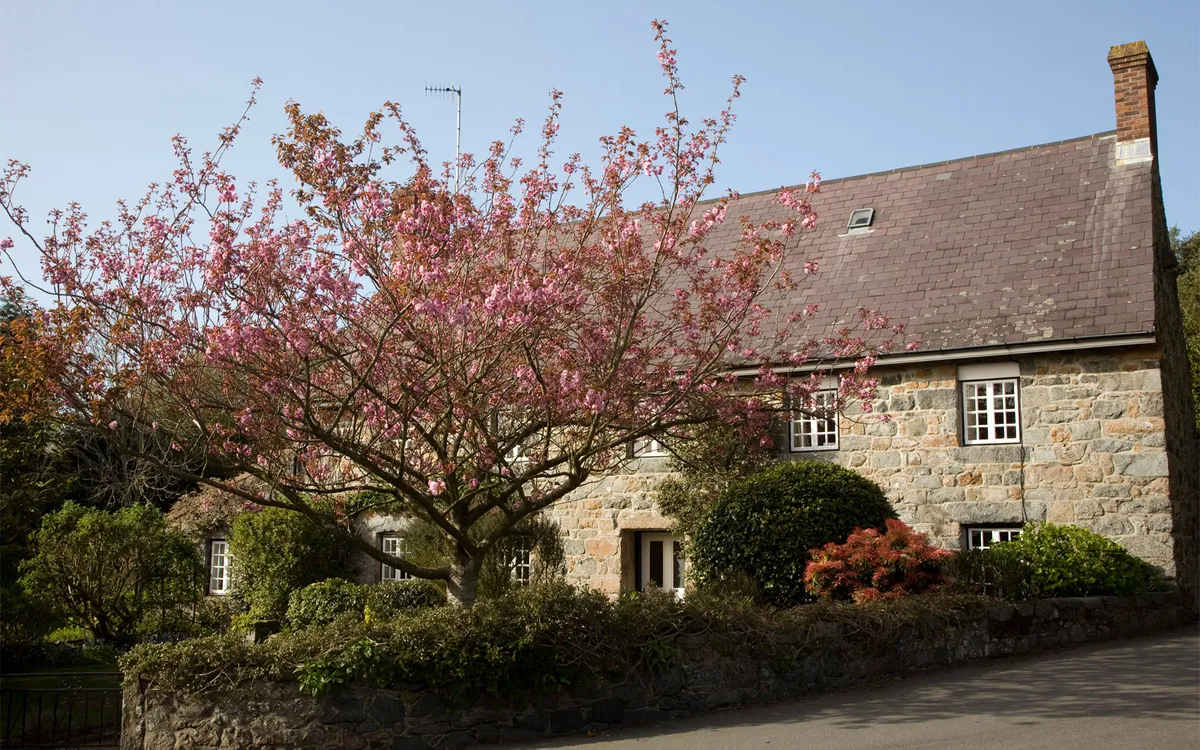
The main priority over Easter and through April will still be calving, which happens until the middle of May. All calves have their ears tagged for identity purposes, and each one will need a passport as a further means of identification. Lambing is mostly finished by the end of April, but the lambs are very vulnerable to foxes and crows so the farmer must try and prevent his stock being killed.
Gimmer hoggs, which are the female sheep that have finished weaning, will be dosed against worms and dipped in a chemical mix to stop the spread of disease and illness.
Native British sheep breeds and how to recognise them
During any countryside walk, it is very likely that you will pass a field of sheep grazing or lambs frolicking. Britain is home to a variety of native sheep breeds.
April sees fertiliser being spread on grazing fields to aid spring growth, which will be cut for hay and silage later in the year. Potato crops are planted, and drilling starts on oil seed rape and vining peas, while cereal crops will be top-dressed and sprayed, usually with fertilisers or pesticides. Depending if the weather is good, azaleas and cherry trees can blossom in April.
May
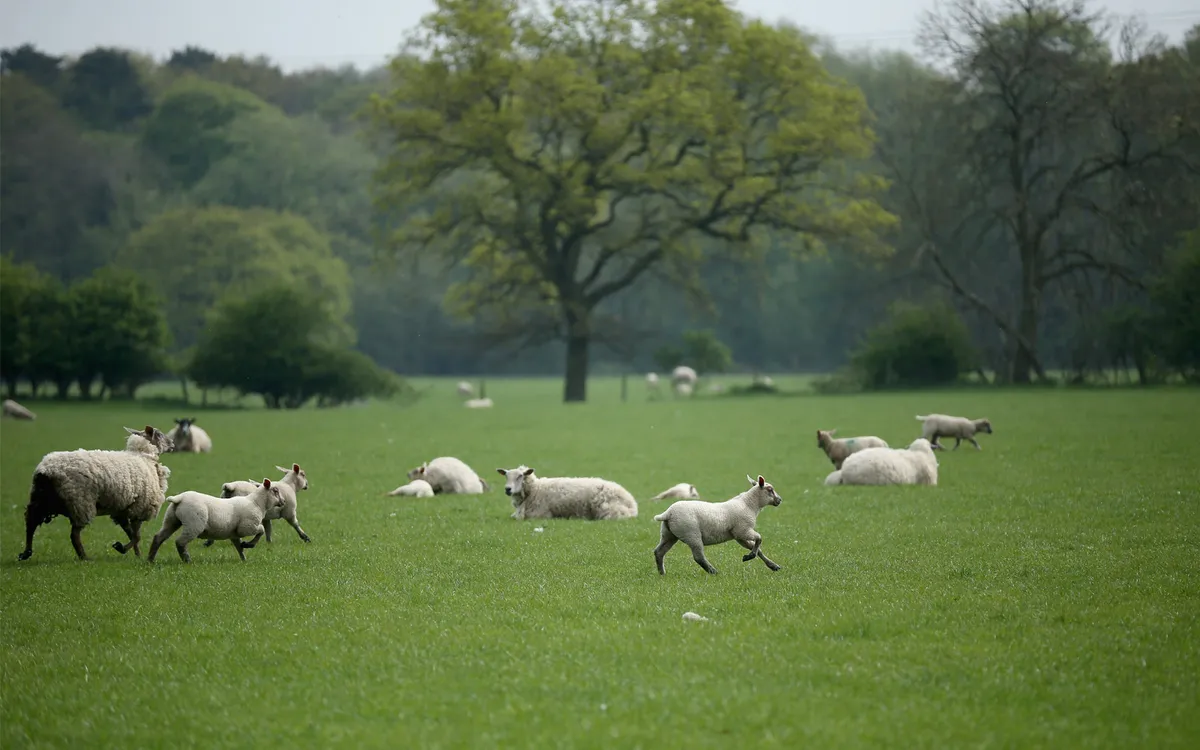
In May, the livestock is stopped from grazing the silage fields, and fertiliser is spread to allow six weeks of growth before silaging occurs. The lambs have their tails cut, to stop flies laying eggs in the wool and producing maggots that can eventually cause death, and they will be ear-notched and ear-tagged as forms of identity. Many lambs will also be castrated in May.
Fertiliser and muck spreading continues to happen throughout this month, and a number of crops, such as potatoes, cereals, sugar beet and peas, will be sprayed. May also tends to be the time that livestock buildings are thoroughly cleaned, and repairs to walls and fences will also take place if necessary.
A wide range of flowers may be on exhibition in May, including tulips, peonies and lilacs.
More related content:
Farming in summer
June

For big livestock farms, sheep shearing is the predominant time-consuming job that takes place in June. Shearing can cost about 70/80p per sheep. The beauty treatment doesn’t end there, because through the month they will be drenched to get rid of worms, and will have their feet bathed to prevent discomfort and disease. The calves born this spring will have their horns removed.
June is an important month for crop farmers. Silaging continues, and farmers will start haymaking around this time. The hay will be used to feed livestock in the winter. Potatoes will be irrigated, or watered, to encourage growth and the ‘filling out’ of the crop.
Native British pig breeds and how to recognise them
Do you know your Gloucester Old Spot from your British Lop?
The time around the end of May and the start of June also means the beginning of the summer show season. This can be a yearly highlight for many farmers, and some will choose to show off their livestock at country shows and fairs. Typically, the show season will finish before harvest time, as otherwise the two would clash and the harvest would be smaller or of a lower quality.
June comes alive with horticultural blooms, with roses and hydrangeas ever-present.
July

Apart from the obvious feeding and milking, there isn’t as much to do through July with livestock as there is in other months. Lambs are usually given vaccinations against worms, and will continue to be given footbaths and be sheared. A number of livestock auctions happen around this time, and the strongest lambs will either be sold at the market or to the local abattoir.
There’s plenty to do for arable farming, though. Haymaking and silage collection carries on, with the baling a key component. A square bale is usually used to feed horses, while round bales are typically for cattle. Potatoes will still be in the irrigation process, and will be sprayed with pesticides to prevent the crop being damaged or eaten. July tends to be the start of the combine season for cereal crops like barley and maize, so combine harvesters will be a common sight in the fields and on countryside roads.
While spring is certainly over by this point, wild lilies and carpenteria blossoms can be expected.
August
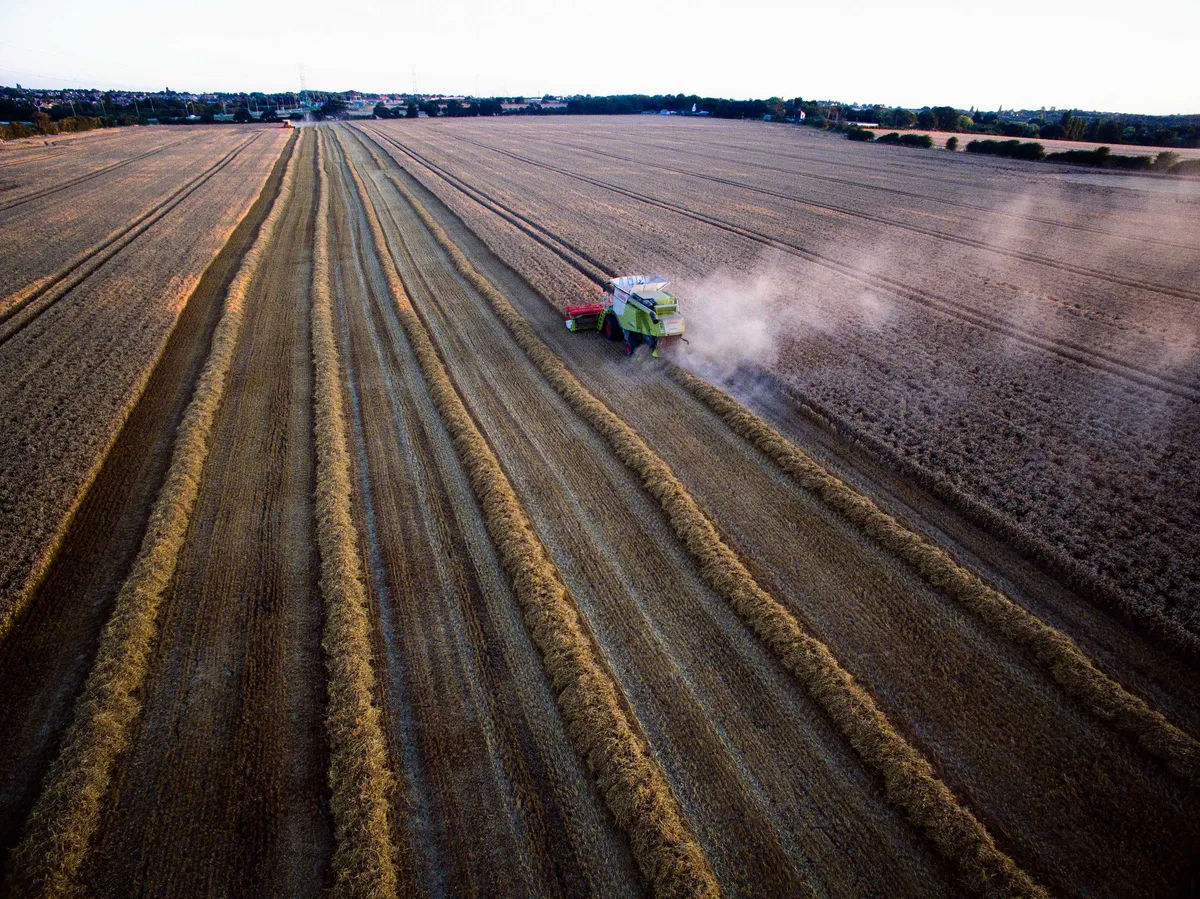
August is the height of summer, and in the farmyard it’s a continuation from the previous month. Silage is once again a priority, and combine harvesters will still be the main tools for crop harvesting. This month is the start of next year’s preparations, though, as ploughing and cultivation begins for the next batch of cereal crop.
The lambs born in spring will start to be weaned throughout August and September, and will be back out in the fields. They will be grazing on the grass after the silage process finishes, which is known as aftermath grazing. Look for dahlias, poppies and fuchsias in hedgerows and farmyards this month.
"The start of autumn will show a selection of gold, red and brown colours as the flowers and trees change."
September
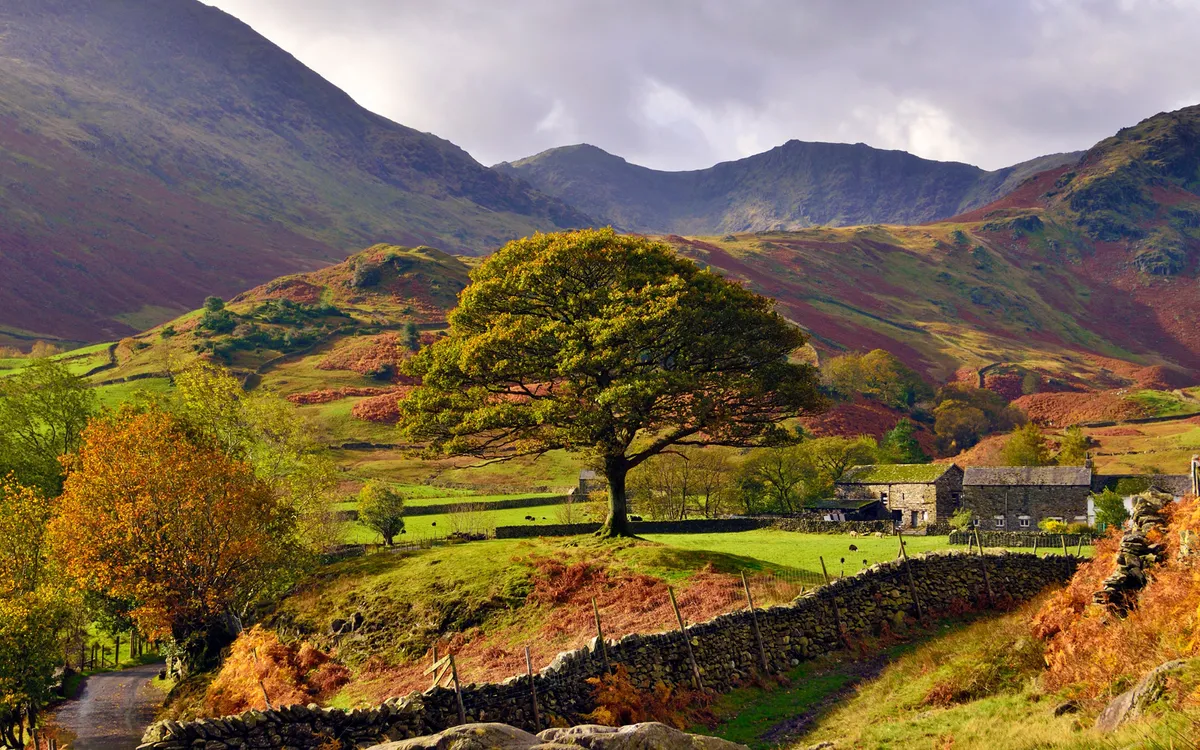
As the end of summer approaches, harvesting a variety of crops remains a key aspect of the farmyard. Ploughing and general cultivations will restart around this time, and some countryside villages host ploughing matches that are organised by the local Young Farmers’ Club. Drilling, or sowing, will take place on winter wheat, oilseed rape and barley crops.
This year’s lambs are still in the weaning phase, from their mum’s milk to food, and focus turns to the preparation for auctions of the gimmers (a term for female sheep) and the ewes (female sheep that have given birth to two or more sets of lambs).
The start of autumn will show a selection of gold, red and brown colours as the flowers and trees change. Daisies and schizostylis are prevalent in September.
Farming in autumn
October

October sees the turn of this year’s calves to be weaned. They are also put back into barns around this time, before the temperature drops too far. Ewes will be dipped to avoid infections, and their wool will be clipped around the tail area. The purpose of this is to ready the sheep for mating season.
The primary jobs in an arable context are cultivation and the drilling of the winter wheat, in preparation for next year’s crop yield. This time of year is also when crops such as potato and sugar beet will be harvested, so many farms in the north of the UK are busy during this period as a proportion of these crops are harvested in Lincolnshire and the surrounding counties.
British harvest: how long does the season last, when is harvest day, plus history and traditions
Harvest season marks an important date in the British farming calendar as crops are harvested for food and animal feed.
Hedge cutting is also an important task that begins at around this time of year. Farmers are often asked to help with hedge cutting on countryside roads, and this can continue all the way through until March. They will have to stop hedge cutting by then, as there are likely to be birds in hedgerows.
Autumn blossoms include aster and cyclamen.
November
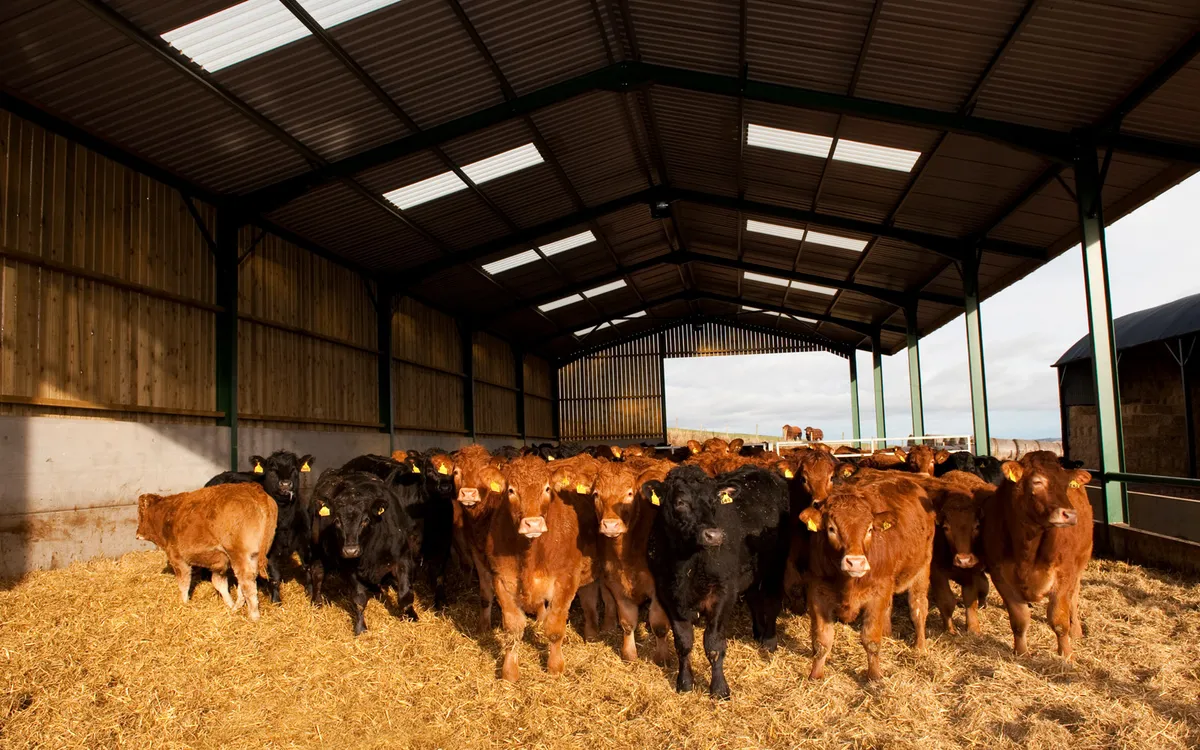
As winter starts to unfold, farms will start feeding their livestock more, instead of just letting them graze, because at this point the grass will stop growing and will deteriorate in quality. Because of the incoming colder temperatures, livestock will also usually be housed by November, if not before. On a farm with cattle, the male calves will be castrated before the onset of frost. Towards the end of the year, a number of tup, or ram, sales will happen, with corn also being sold around this time.
"For dairy farms, Christmas has to come second, as the cows need to be milked every day of the year."
Arable farmers will be continuing to drill wheat, but the process will start to come to an end by mid-month. Liquid fertiliser will be applied to sugar beet fields, and the countryside in November sees a lot of ploughing going on, in preparation for next year’s harvest. It is also the toughest month for flowers, so the farm scenery may lack a range of colour.
End of the year crops
December
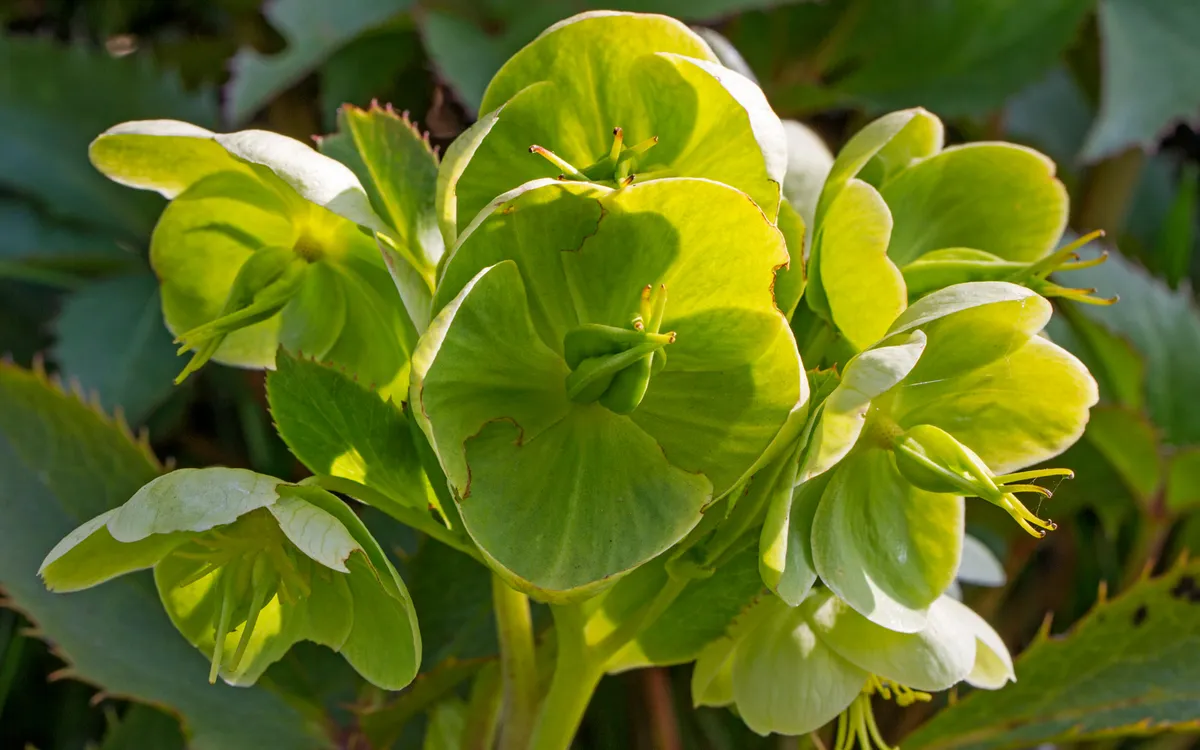
With temperatures expected to drop ever further as Christmas approaches, farmers will be busy ploughing the fields. The reduced amount of daylight hours often can make the day shorter and the farmers finish earlier in the day, but in many cases if there is a lot to do, then they will carry on through the evening.
Cereal crops, such as wheat and maize, may be sprayed throughout December, and if the farm has dry stonewalls, they are commonly repaired and built during the winter period. Feeding livestock is an important aspect of this month again, because they will mainly be housed with no grazing access. For dairy farms, Christmas has to come second, as the cows need to be milked every day of the year.
Wild hellebores and mahomia are some of the only blooming flowers in an otherwise fairly barren month for horticulture.
